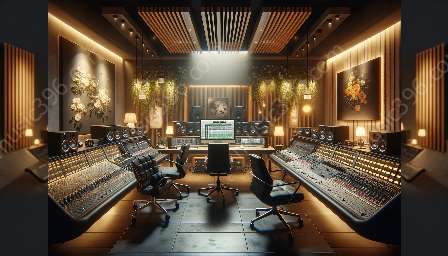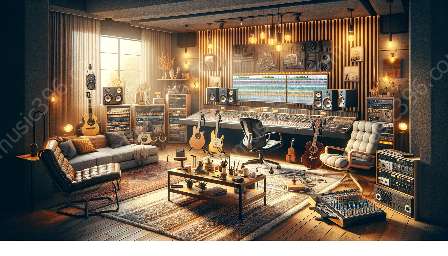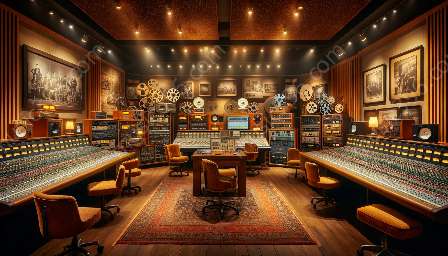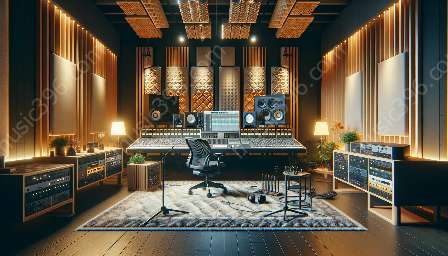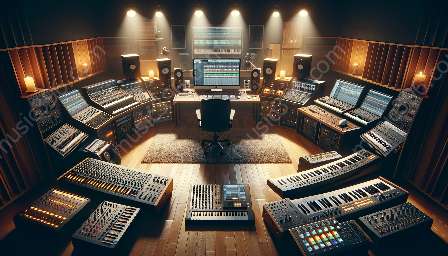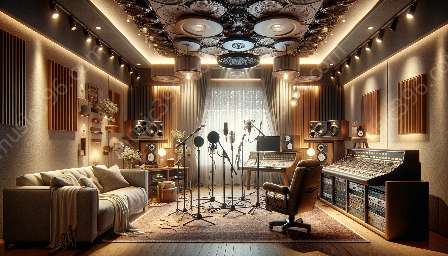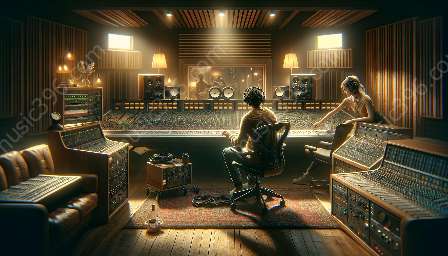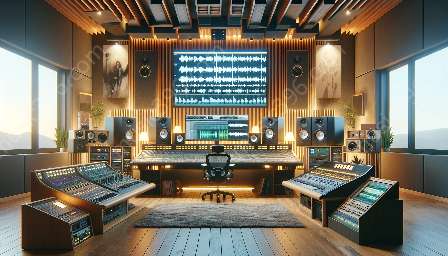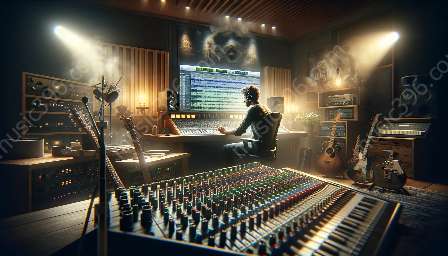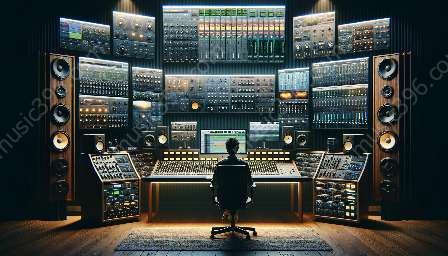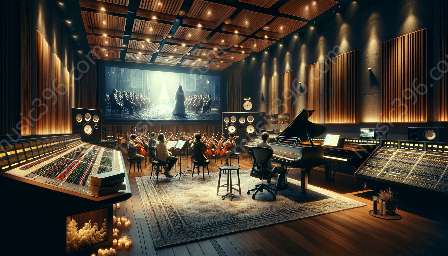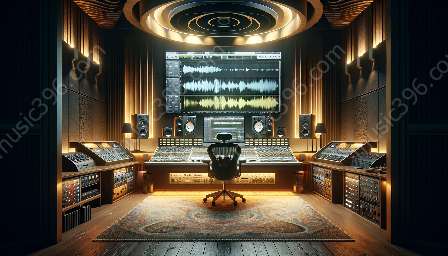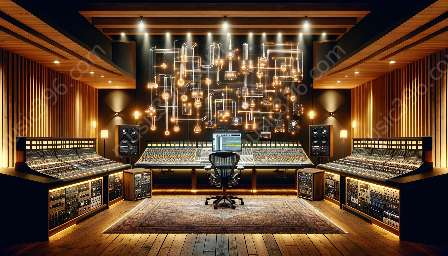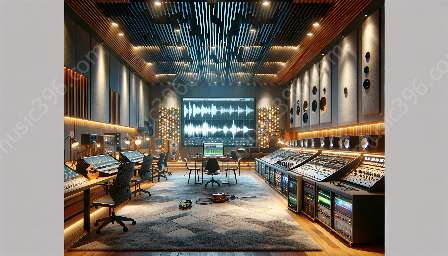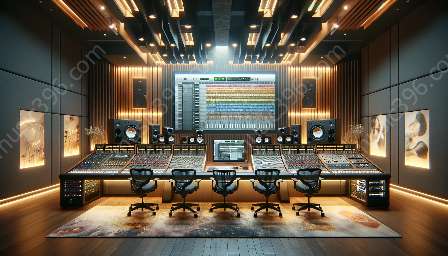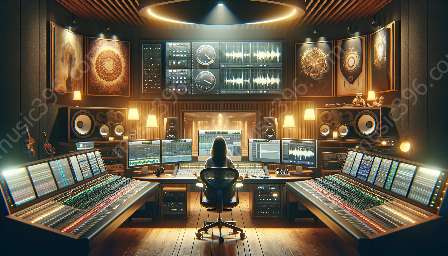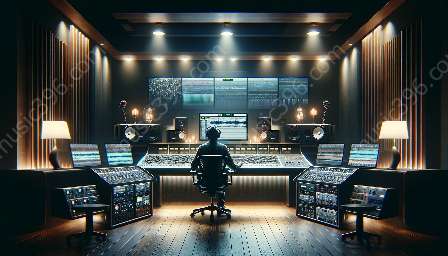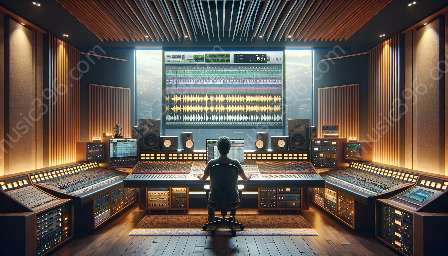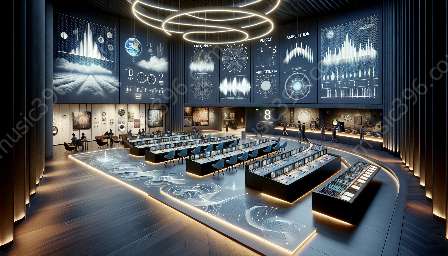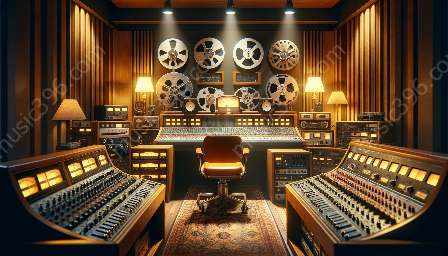Music production has come a long way since the era of pure analog recording. With the advent of MIDI technology, the process of creating and recording music has evolved, allowing for greater flexibility, precision, and experimentation. However, while MIDI integration offers numerous advantages, it also presents unique challenges when interfacing with analog equipment. In this comprehensive topic cluster, we will explore the complexities of integrating MIDI with analog gear in the context of music recording, addressing key issues and providing practical solutions. We will also examine how MIDI recording and music recording intersect, outlining compatibility factors and techniques for optimizing the integration process.
The Evolution of Music Recording: MIDI and Analog Equipment
Before delving into the challenges of integrating MIDI with analog equipment, it is essential to understand the historical background and significance of both technologies within the realm of music recording.
MIDI Technology: MIDI, which stands for Musical Instrument Digital Interface, revolutionized the way music was created, recorded, and performed. Introduced in the early 1980s, MIDI allowed electronic musical instruments, such as synthesizers and drum machines, to communicate and synchronize with one another. This standardization of communication enabled musicians and producers to control and record electronic music with unparalleled precision and flexibility.
Analog Equipment: Analog recording equipment, including mixers, tape machines, and outboard gear, dominated the music industry for decades, shaping the iconic sounds of numerous genres. The warmth, character, and richness of analog audio processing have contributed to the timeless appeal of classic recordings, leading many artists and producers to preserve and incorporate analog elements in their modern workflows.
Challenges of MIDI Integration with Analog Equipment
While MIDI technology has expanded the horizons of music production, integrating MIDI with analog equipment presents various challenges that demand careful consideration and problem-solving strategies. These challenges can arise from differences in signal types, synchronization methods, and compatibility issues between digital and analog systems. Let's explore some of the primary difficulties encountered when attempting to seamlessly integrate MIDI and analog gear:
Signal Conversion and Compatibility
One of the fundamental obstacles in MIDI and analog integration is the disparity in signal formats. Analog audio operates on a continuous electrical signal, while MIDI relies on digital data transmission. As a result, converting MIDI information to analog audio signals and vice versa can lead to quality degradation and latency issues. Additionally, ensuring the compatibility of MIDI controllers, interfaces, and analog devices requires meticulous attention to signal flow and conversion protocols.
Clock Synchronization and Timing
Another significant challenge arises from synchronizing MIDI sequencers, drum machines, and other digital instruments with analog recording devices, such as tape machines or vintage outboard gear. Achieving tight synchronization and timing alignment between MIDI-triggered events and analog audio signals poses a technical hurdle, especially when dealing with multi-track recording and complex signal routing scenarios.
Control and Parameter Mapping
Integrating MIDI control of analog equipment entails mapping MIDI controller data to the corresponding parameters of analog devices, such as knob positions, fader levels, and effect settings. Establishing seamless communication between digital control surfaces and analog hardware necessitates thorough knowledge of MIDI mapping protocols and the intricacies of different manufacturers' implementation of MIDI control.
MIDI Recording and Music Recording Compatibility
Despite the challenges involved in MIDI and analog integration, MIDI recording and traditional music recording methods can coexist and complement each other in a synergistic manner. Understanding the compatibility between MIDI recording and music recording is crucial for harnessing the best of both worlds and achieving a cohesive, integrated production workflow. Let's delve into the ways in which MIDI recording and music recording intersect and how they can be effectively combined:
Enhanced Composition and Arrangement
MIDI recording empowers music creators with unparalleled freedom in composing and arranging musical elements. Whether it's capturing intricate synthesizer melodies, programming dynamic drum patterns, or sequencing orchestral arrangements, MIDI recording grants composers and producers the ability to manipulate and refine musical ideas with precision, offering a level of creative control that traditional music recording methods alone cannot provide.
Flexible Production and Editing
By incorporating MIDI recording alongside traditional music recording techniques, producers gain access to powerful tools for flexible production and post-production workflows. MIDI data can be easily edited, quantized, and manipulated to achieve optimal musical performances, while the inherent repeatability and non-destructive nature of MIDI recording offer a safety net for experimentation and refining musical performances during the production process.
Innovative Sound Design and Integration
Integrating MIDI technology with analog equipment opens up a realm of possibilities for innovative sound design and sonic exploration. The marriage of digital synthesizers, samplers, and MIDI-driven effects with analog processing and recording techniques allows for the creation of captivating, sonically rich textures and timbres that transcend the limitations of either realm on its own.
Overcoming Integration Challenges
Given the complexities of integrating MIDI with analog equipment in the context of music recording, it is essential to equip oneself with practical strategies and techniques to overcome these challenges effectively. By implementing the following approaches and best practices, music producers and recording engineers can navigate the integration process with confidence and achieve seamless coexistence between MIDI and analog technologies:
Signal Routing and Conversion Solutions
Investing in high-quality audio interfaces, signal converters, and MIDI processing units that offer transparent signal conversion and robust integration capabilities is vital for maintaining signal integrity and minimizing latency. Understanding signal flow and utilizing dedicated routing configurations can help mitigate compatibility issues and ensure smooth interaction between MIDI and analog gear.
Mastering Clock Sync and Timing Alignment
Employing advanced synchronization tools and techniques, such as dedicated MIDI clock generators and timecode synchronization, assists in achieving precise timing alignment between MIDI devices and analog recording equipment. Leveraging modern synchronization protocols, such as MTC (MIDI Time Code) and MMC (MIDI Machine Control), fosters a synchronized workflow across digital and analog domains.
Utilizing Integrated Control Surfaces and Mapping Protocols
Leveraging MIDI control surfaces with comprehensive mapping capabilities, along with software solutions for MIDI control mapping, facilitates intuitive and efficient control of analog equipment. Understanding the specific MIDI implementation of each device and utilizing standardized mapping protocols, such as MIDI Learn, enables seamless interaction and precise parameter manipulation across the entire studio setup.
Conclusion
Integrating MIDI with analog equipment in the realm of music recording presents a dynamic interplay between historical analog wisdom and modern digital innovation. While the challenges of signal conversion, synchronization, and control mapping demand meticulous attention, the potential for enhanced creativity, flexibility, and sonic exploration makes the pursuit of seamless integration profoundly rewarding. By embracing the compatibility between MIDI recording and music recording, and embracing practical solutions to integration challenges, music producers and recording engineers can unlock a harmonious convergence of analog charm and digital precision in their creative endeavors.



